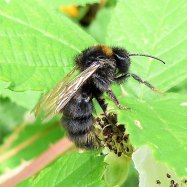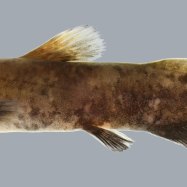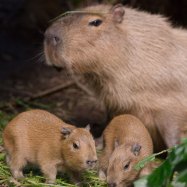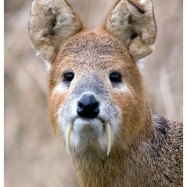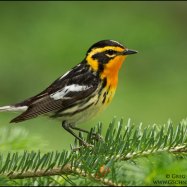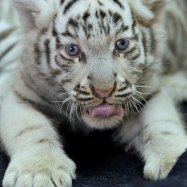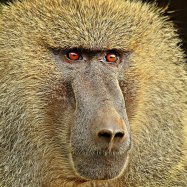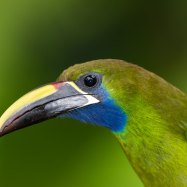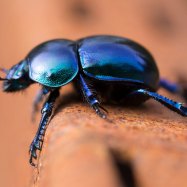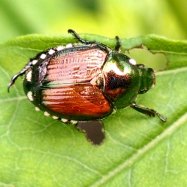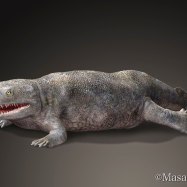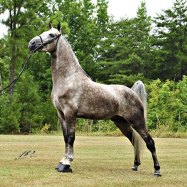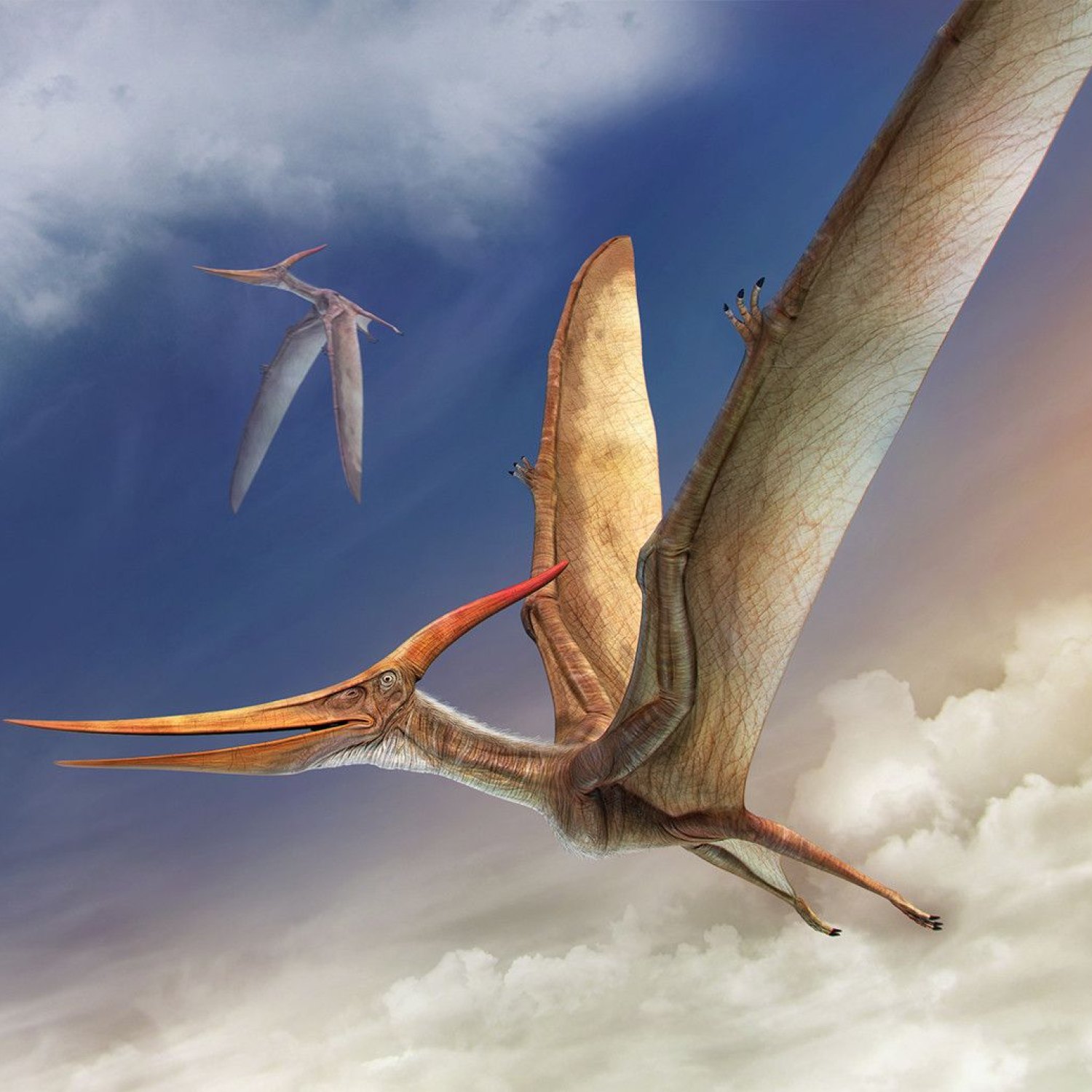
Pteranodon
Approximately 6 meters
Pteranodon, flying reptile from the family Pteranodontidae, had a large body, long neck, beak, and wings. With a length of approximately 6 meters, this ancient creature roamed areas such as Kansas, Alabama, Wyoming, and South Dakota. Learn more about these fascinating animals and their prehistoric journeys now!
Animal Details Summary:
Common Name: Pteranodon
Kingdom: Animalia
Habitat: Coastal regions
The Fascinating World of Pteranodon: A Closer Look at North America's Flying Dinosaur
When we think of dinosaurs, we often envision massive, prehistoric creatures roaming the earth. But did you know that some dinosaurs could also fly? One such fascinating creature is the Pteranodon, known for its impressive wingspan and unique characteristics. In this article, we will take a closer look at this incredible flying reptile and uncover the secrets of its existence.The Basics of Pteranodon
Scientifically known as Pteranodon, this ancient creature belongs to the phylum Chordata and class Reptilia Pteranodon. Its name derives from the Greek words "ptero" meaning wing and "anodontos" meaning toothless. This name is fitting as Pteranodon is characterized by its large wings and lack of teeth, making it a distinct dinosaur among its kind.Pteranodon belongs to the order Pterosauria, and its closest relative is the Pterodactyl. Interestingly, Pteranodon is the largest known flying animal to exist, with an impressive wingspan of approximately 6 meters. This impressive characteristic is what makes it stand out among other dinosaurs. With a mostly flat body, elongated neck, and beak, Pteranodon's body shape is similar to modern-day birds.
Discovering the Habitat and Distribution of Pteranodon
Pteranodon fossils have been primarily found in North America, with its country of origin being the United States. More specifically, Pteranodon inhabited coastal regions, which is reflected in its feeding method as a carnivore. Its fossils have been found in states like Kansas, Alabama, Wyoming, and South Dakota Pine Siskin.The presence of fossils in coastal regions suggests that Pteranodon may have been an expert in flying over water, using its impressive wings to glide and hunt for prey. However, not much is known about its exact habitat and living conditions as Pteranodon is now extinct.
The Mystery of Pteranodon's Coloration
One of the most intriguing aspects of Pteranodon is its coloration. While it is difficult to determine the exact colors of these ancient creatures, researchers have suggested that they may have had a gray or brown coloration. However, like many other dinosaurs, Pteranodon's coloration may have varied depending on factors such as age, gender, and environment.Some researchers believe that Pteranodon's color may have played a role in camouflage, allowing it to blend in with its surroundings while hunting or avoiding predators. Others believe that it could have been used for communication among individuals of the same species. However, further research is needed to unravel the mystery of Pteranodon's coloration.
The Life Of Pteranodon
Based on fossil evidence, it is believed that Pteranodon could live up to 25-30 years. They are believed to have lived in large colonies, with hundreds of individuals soaring through the skies together. These colonies were most likely formed during breeding season, where Pteranodon would gather, mate, and lay their eggs in nests built on the ground.Pteranodon's lifestyle and behavior may have been similar to modern-day birds. They may have been social creatures, performing various behaviors such as flocking, courting, and nesting. Some researchers also suggest that older Pteranodon individuals may have played a role in caring for the younger ones, providing food and protection.
The Legacy of Pteranodon
It is believed that Pteranodon lived during the Late Cretaceous period, approximately 85-75 million years ago. However, their existence was cut short due to the mass extinction event that wiped out most of the dinosaurs. Despite their short-lived existence, Pteranodon has left a significant legacy in the realm of paleontology.Their unique features and flying abilities have fascinated researchers and sparked many discussions and theories about how they lived and interacted with their environment. Pteranodon's fossils have also provided valuable information about the history of dinosaurs and their evolution, which continues to fascinate and intrigue us to this day.
The Importance of Studying Pteranodon
The study of Pteranodon also has practical applications in the present day. By understanding their body structure and wing design, scientists have gained insights into developing efficient and sustainable flying machines. Pteranodon's lightweight yet sturdy bones and powerful wings could serve as a valuable inspiration for future aircraft designs.Moreover, the study of Pteranodon has also shed light on the evolution of birds, as they are considered the closest living relatives of these ancient flying creatures. This has not only expanded our knowledge of dinosaurs but also provided a better understanding of the origins of modern-day avian species.
Conclusion
In conclusion, the Pteranodon is a remarkable creature that captures our imagination and intrigue. From its incredible wingspan to its unique characteristics and lifestyle, it continues to fascinate and inspire us to this day. By studying the fossils of Pteranodon, scientists have uncovered valuable information about its existence and role in the dinosaur world, leaving a significant legacy in the world of paleontology.

Pteranodon
Animal Details Pteranodon - Scientific Name: Pteranodon
- Category: Animals P
- Scientific Name: Pteranodon
- Common Name: Pteranodon
- Kingdom: Animalia
- Phylum: Chordata
- Class: Reptilia
- Order: Pterosauria
- Family: Pteranodontidae
- Habitat: Coastal regions
- Feeding Method: Carnivorous
- Geographical Distribution: North America
- Country of Origin: United States
- Location: Kansas, Alabama, Wyoming, South Dakota
- Animal Coloration: Varies, but generally gray or brown
- Body Shape: Large, with a long neck, beak, and wings
- Length: Approximately 6 meters
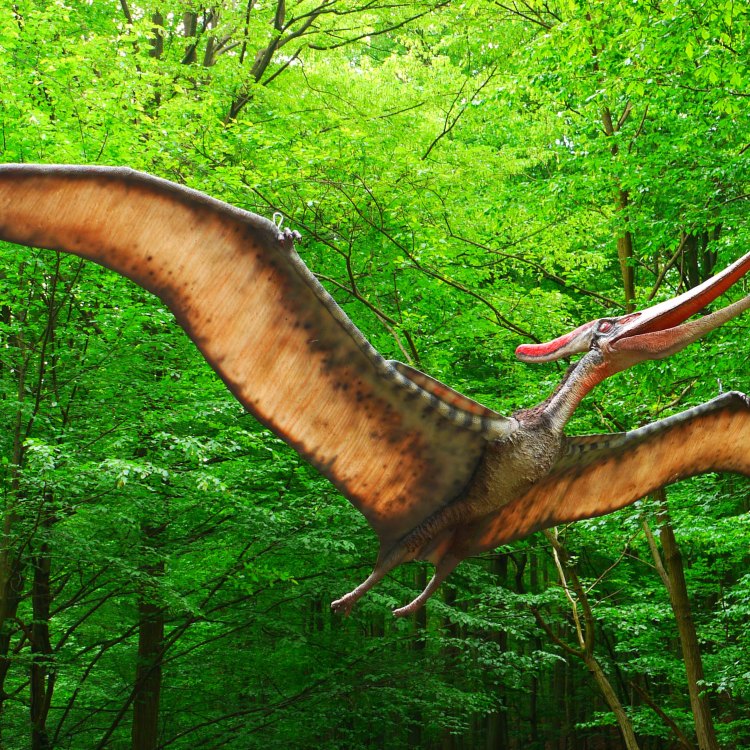
Pteranodon
- Adult Size: Large
- Average Lifespan: Unknown
- Reproduction: Sexual
- Reproductive Behavior: Unknown
- Sound or Call: Unknown
- Migration Pattern: Unknown
- Social Groups: Unknown
- Behavior: Unknown
- Threats: Extinction due to habitat loss and climate change
- Conservation Status: Extinct
- Impact on Ecosystem: Unknown
- Human Use: N/A
- Distinctive Features: Large wingspan and crest on its head
- Interesting Facts: Pteranodon is not a dinosaur but a flying reptile called a pterosaur.
- Predator: Unknown
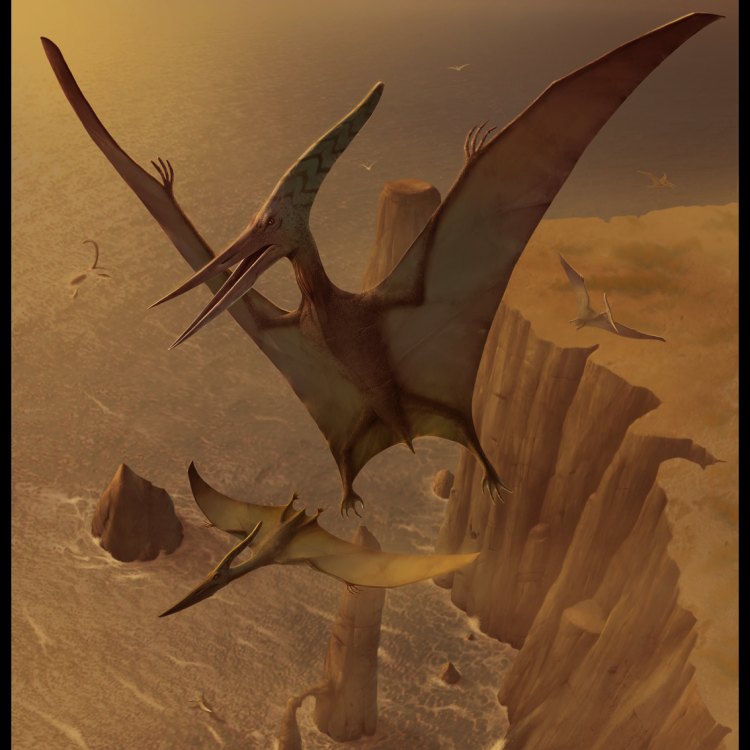
Pteranodon
The Fascinating World of Pteranodons: A Closer Look at the Extinct Pterosaur
The world of dinosaurs never ceases to amaze us with new and exciting discoveries. From the mighty Tyrannosaurus Rex to the gentle Brachiosaurus, these prehistoric creatures have captured our imagination. But one group of ancient creatures, the pterosaurs, often gets overlooked in the world of dinosaurs - despite their impressive size and unique features.One particular pterosaur, the Pteranodon, has captured the curiosity of scientists and paleontologists alike PeaceOfAnimals.Com. With its large wingspan and intimidating crest, this flying reptile has left a lasting impression on our understanding of the prehistoric world.
In this article, we will take a closer look at the Pteranodon, its distinctive features, and its impact on the ecosystem.
The Pteranodon's Physical Traits
The Pteranodon was a giant pterosaur that lived during the late Cretaceous period, approximately 85-75 million years ago. They were first discovered in 1870 by Othniel Charles Marsh and were named after its distinct features - "Pteranodon" means "toothless wing" in Greek.One of the most striking features of the Pteranodon is its size. It was one of the largest flying creatures in history, with an impressive wingspan of up to 30 feet. To put that into perspective, that's almost three times the wingspan of the largest living bird, the Wandering Albatross.
But the Pteranodon's large size was not the only unusual aspect of this creature. It also had a unique enlarged crest on its head, which varied in shape and size among different species Pyrador. This crest was likely used for display and attracting mates, making them a visual spectacle in the prehistoric skies.
The Pteranodon had a long slender body, equipped with powerful muscles and a lightweight skeleton, perfect for flying. They also had long wings with a membrane stretched between the body and their fourth finger, giving them the appearance of a bat.
These remarkable physical traits allowed the Pteranodon to take to the skies and soar through the air, utilizing the currents and thermals to travel vast distances.
Not a Dinosaur but a Pterosaur
Despite often being associated with dinosaurs, Pteranodons were not actually dinosaurs. They were, in fact, flying reptiles called pterosaurs. Pterosaurs existed alongside dinosaurs, but they are not directly related. They had a unique evolutionary path and were the first vertebrates to evolve powered flight.Pterosaurs were a diverse group of reptiles that evolved into a variety of shapes and sizes, from tiny ones able to fit in the palm of your hand to giant flying creatures like the Pteranodon. They dominated the skies during the Mesozoic era but went extinct long before the dinosaurs.
Their ability to fly gave them a distinct advantage over other animals and allowed them to spread across the globe, adapting to different environments and developing unique features. Pteranodons, specifically, were found in what is now North America and lived in coastal areas near large bodies of water, where they could hunt for fish.
Reproduction and Behavior
Little is known about the reproductive behavior of Pteranodons due to the limited fossil record and their extinction millions of years ago. However, based on their closest living relatives, it is believed that they reproduced sexually.Male Pteranodons likely used their impressive crest for courtship and attracting mates, similar to how male peacocks use their colorful feathers. Once a female was seduced by the male's display, they would form a pair bond and potentially mate for life.
It is also speculated that Pteranodons may have nested in colonies, similar to modern-day birds like seagulls. This would suggest that they had some form of social structure and were not solitary creatures.
Moreover, it is believed that Pteranodons were diurnal, meaning they were active during the day. They would spend most of their time flying and hunting for food, using their sharp beak to catch fish and small animals.
The Threats and Extinction of Pteranodons
The exact cause of the Pteranodon's extinction is unknown, but it is believed to have been a combination of factors. The most significant threat to their existence was habitat loss due to the changing climate and geological events during the late Cretaceous period.During this time, the Earth was going through a period of global cooling, leading to a drop in sea levels and changes in the ocean's currents. As a result, the coastal areas where Pteranodons lived were no longer suitable for their survival, leading to a decline in their population.
Other possible threats include competition with other flying reptiles and dinosaurs for food, as well as diseases and natural disasters. The combination of these factors ultimately led to the extinction of Pteranodons and many other species during the late Cretaceous period.
The Legacy of Pteranodons
Although Pteranodons are no longer alive, their legacy lives on in the form of fossils and scientific research. Fossils of Pteranodons have been found all over the world, providing valuable information about their physical characteristics and behavior.Scientists have also used the structure of pterosaur bones to better understand the evolution of flight and how these creatures were able to fly. This has led to significant advancements in aviation and aerodynamics, as well as providing insight into the complex animal kingdom.
In recent years, there has been a renewed interest in pterosaurs, and the Pteranodon has become a popular subject in books, movies, and television shows. This has helped to bring more attention to these remarkable creatures and their role in the prehistoric world.
Final Thoughts
The Pteranodon may have gone extinct millions of years ago, but its fascinating features and impact on the ecosystem continue to intrigue us. Its size, unique crest, and impressive ability to fly make it a standout in the world of prehistoric creatures.As our understanding of these creatures evolves, we can appreciate the incredible adaptability and diversity of life on Earth. The Pteranodon may be gone, but its legacy continues to inspire us to learn more about the incredible creatures that once ruled the skies.
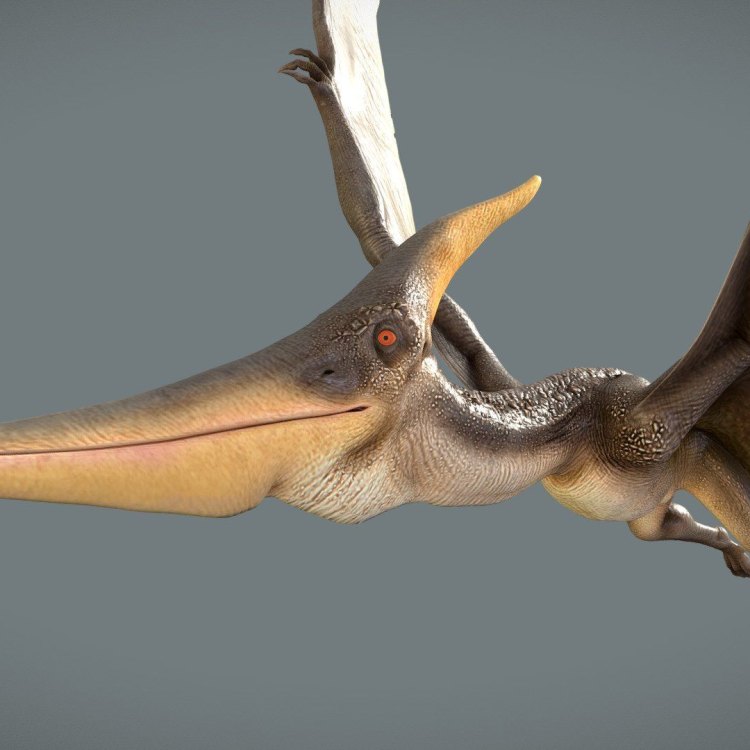
The Fascinating World of Pteranodon: A Closer Look at North America's Flying Dinosaur
Disclaimer: The content provided is for informational purposes only. We cannot guarantee the accuracy of the information on this page 100%. All information provided here may change without prior notice.

